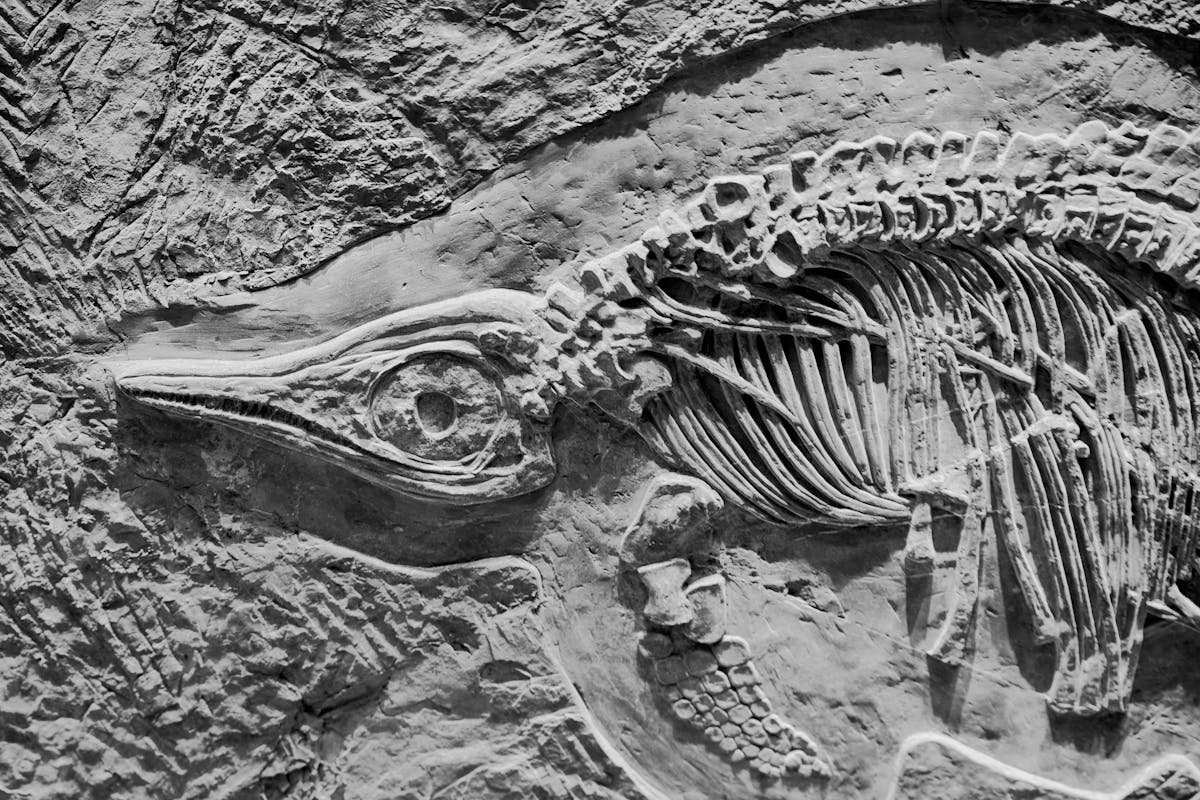Barbara McClintock was a scientist from the United States whose groundbreaking contributions transformed the study of genetics. Her investigations not only uncovered essential genetic processes but also deepened the comprehension of genome behavior. McClintock’s accomplishments are particularly remarkable considering the period during which she conducted her work, when genetics was still a developing field and opportunities for women in science were restricted.
Genetics prior to McClintock
Prior to McClintock, the scientific community generally believed that genes had fixed positions on chromosomes. The concept of genomic stability had not yet been seriously questioned. Discoveries by Gregor Mendel, Thomas Hunt Morgan, and Charles Darwin provided a framework of inheritance, chromosomal theory, and evolutionary change. However, these frameworks largely depicted genomes as stable blueprints, rarely subject to internal change outside of mutation due to external agents.
McClintock’s Early Research: Maize Cytogenetics
Barbara McClintock carried out a significant portion of her pioneering studies on maize (corn) at Cold Spring Harbor Laboratory. Her skill in maize cytogenetics—examining cellular structures, chromosomes, and their connection to gene functions—was unmatched. By employing light microscopy and original staining methods, she was able to describe the physical properties of chromosomes during cell division, revealing processes that had escaped scientists before.
One significant early achievement involved her study of chromosomal crossover during meiosis. McClintock demonstrated, with meticulous observation, that chromosomes physically exchanged segments. This provided visual confirmation of genetic recombination, supporting theories proposed by Morgan’s fruit fly experiments.
The Discovery of Transposable Elements
McClintock’s most renowned contribution was her identification of transposable genetic elements, or “jumping genes.” During experiments in the 1940s and early 1950s, she observed anomalies in color patterns of maize kernels. She postulated that some genes could change their position within the genome, disrupting the function or regulation of other genes.
Examining the Activator (Ac) and Dissociator (Ds) components, McClintock illustrated how particular genetic sequences could relocate within a chromosome. For example, the presence of Ds at a certain site might interfere with the pigment gene in corn, resulting in speckled or multi-colored kernels. Ac could assist in the relocation of Ds, and their interactions produced a range of detectable kernel designs.
This approach not only accounted for differences in color but also offered a framework for understanding how genes can be controlled or activated and deactivated—ideas that are crucial to contemporary epigenetics.
Scientific Impact and Initial Dismissal
Although these discoveries were crucial, McClintock’s peers remained doubtful. The idea of gene movement was so groundbreaking that it clashed with the fixed and unchanging perception of the genome that was common then. For many years, her research was pushed aside, and references to her conclusions were few and far between.
In the late 1960s and 1970s, when comparable components were noticed in bacteria (like insertion sequences in E. coli), the wider scientific community truly acknowledged the significance and precision of McClintock’s work. Her discoveries became essential as movable genetic elements were discovered to play critical roles in mutations, genome architecture, antibiotic resistance, and evolutionary adaptation.
Broader Significance and Ongoing Influence
Long after the era in which she worked, McClintock’s research is considered a cornerstone in molecular genetics. Jumping genes, or transposable elements, have since been found in virtually all organisms, including humans, where they make up a substantial portion of the genome.
Additional research building on her findings has associated mobile genetic elements with important biological processes:
1. Genetic Diversity: Mobile elements contribute to genomic variation and evolution. 2. Genome Plasticity: Organisms use transposable elements to adapt to environmental challenges. 3. Gene Regulation: Transposons can serve as regulatory elements, influencing when and how genes are expressed. 4. Human Health: Some human diseases, including certain forms of cancer, result from transposon activity. 5. Biotechnology: Tools like gene therapy and gene editing have roots in the understanding of mobile genetic sequences pioneered by McClintock.
Acclaim and Heritage
Barbara McClintock received the Nobel Prize in Physiology or Medicine in 1983—the only woman to receive an unshared Nobel in this field. The award cited her discovery of “mobile genetic elements,” validating work she conducted decades prior and underscoring her perseverance in the face of skepticism.
Her approaches—close observation, theorizing through trials, and handling unexpected outcomes—offered a comprehensive perspective to genetics. She continues to symbolize the strength of inquisitiveness and autonomy in scientific inquiry.
Barbara McClintock’s research fundamentally altered our understanding of the genome, exposing it as dynamic and responsive rather than merely static. Her work with maize illuminated mechanisms by which genetic material can reorganize itself, generate diversity, and adapt. The vast subsequent research on transposable elements has demonstrated how single discoveries can reshape entire scientific paradigms, ultimately offering deeper insight into the architecture of life itself.



